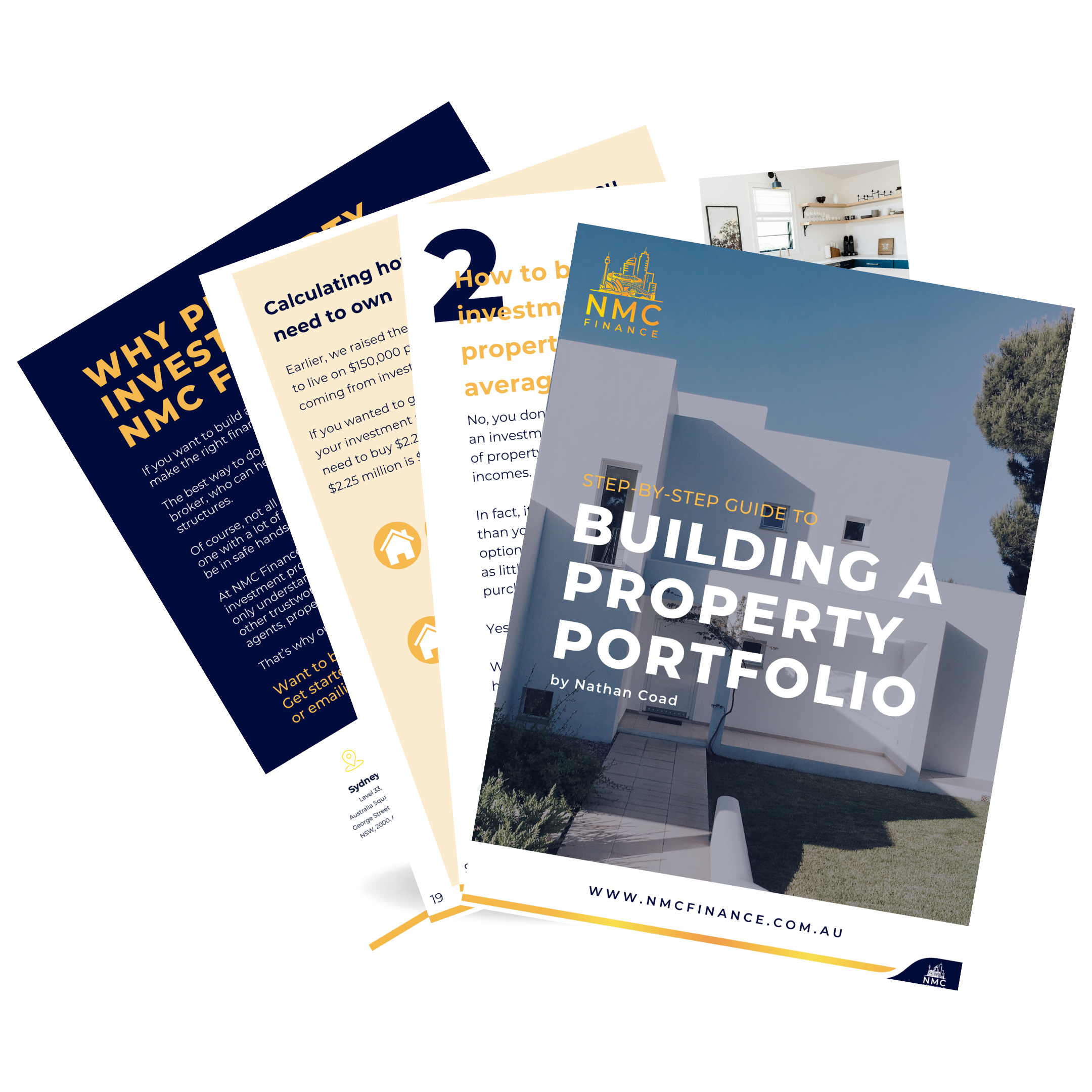For many Australians, homeownership is a major financial goal. But if you’re self-employed, a freelancer, or working in the gig economy, securing a home loan without a traditional job can feel like an uphill battle.
Without the stability of a full-time salary, traditional lenders may view you as a higher-risk borrower. However, with the right preparation and approach, securing a mortgage is absolutely possible.
Understanding the Challenges
Most banks and lenders assess loan applications based on stable income, typically requiring payslips and employment history to verify financial security.
If you don’t have a conventional salary, proving your ability to repay the loan requires a different strategy.
The key challenges for self-employed applicants include:
- Irregular income: Lenders want consistency, but self-employment income can fluctuate.
- Limited documentation: Without standard payslips, alternative proof of income is necessary.
- Higher scrutiny: Banks may perceive non-traditional workers as higher-risk borrowers, requiring more financial evidence.
How to improve your chances of loan approval
Despite these challenges, many lenders are open to working with non-traditional borrowers. Here’s how to strengthen your mortgage application:
1. Organise your financial documents
Lenders will require thorough documentation to assess your financial health. Key documents include:
- Tax returns for the past two years (or as many as available)
- Business Activity Statements (BAS)
- Profit and loss statements (for self-employed applicants)
- Bank statements showing regular income
- Invoices or contracts (for freelancers and gig workers)
Some lenders may offer low-doc loans, which require less documentation but often come with higher interest rates.
2. Improve your credit score
A strong credit score can help offset concerns about your income stability. To improve your creditworthiness:
- Pay bills and debts on time
- Reduce credit card balances
- Avoid multiple loan applications in a short period
3. Save for a larger deposit
A larger deposit (ideally 20% or more) reduces the lender’s risk and increases your chances of approval. If you have less than 20%, you may need Lenders Mortgage Insurance (LMI), which adds to your costs.
4. Minimise business expenses
Self-employed applicants often claim tax deductions to reduce taxable income. However, a lower taxable income can impact your borrowing power. In the years leading up to your mortgage application, balance tax minimisation with showing a healthy income.
5. Consider a specialist lender
Traditional banks might have rigid criteria, but many non-bank lenders and mortgage brokers specialise in helping self-employed borrowers. These lenders assess applications more holistically, considering cash flow and assets.
6. Use a mortgage broker
We’re experienced in working with self-employed clients and can help you navigate the lending landscape, recommend suitable lenders, and present your financial situation in the best light.
While securing a home loan without a traditional 9-to-5 job presents unique challenges, it is far from impossible. By preparing thoroughly, maintaining a strong financial profile, and working with the right lenders or brokers, you can achieve homeownership just like any salaried employee.
If you’re self-employed or a gig worker looking to buy a home, reach out to a mortgage expert today to explore your options and start your journey toward homeownership!
*This blog is intended for general informational purposes only. For personalised advice tailored to your unique financial situation, please contact NMC Finance.

